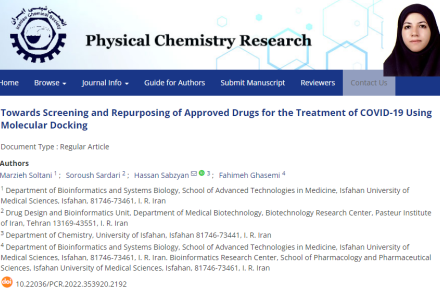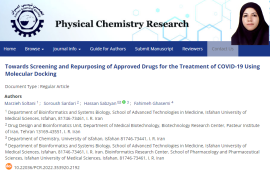Abstract
Molecular docking is applied to investigate interactions between 1638 approved drugs and the COVID-19 virus proteins (Spike, non-structural proteins NSP3, NSP7, NSP8, NSP9, NSP10, NSP12 (two binding sites), NSP15, NSP16, and NSP10-NSP16 complex), and the human angiotensin converting enzyme 2, ACE2 protein, and its Spike@ACE2 complex. Structures of these approved drugs are fully optimized with the universal force field (UFF) and their lowest energy conformations are used for docking on the (co)crystallized structures of the target proteins taken from the protein data bank (PDB). The docking procedure is performed in two stages and the results are evaluated based on four ranking indices or docking scores which measure comparative affinities of the studied drugs towards the COVID-19 virus proteins. Details of the positions, orientations and interactions of the first three highest-rank drugs in the binding pocket of the COVID-19 Spike, NSP7 and the human ACE2 proteins (as representatives) are visualized, analyzed and discussed. Based on the results of this molecular docking study, Vazegepant, Dasabuvir, Vitamin E, Fosamprenavir, Raltegravir, Canagliflozin, Biliverdin and Imatinib drugs can be considered promising for further molecular mechanics/dynamics simulations and then clinical studies, to accomplish the screening task.


